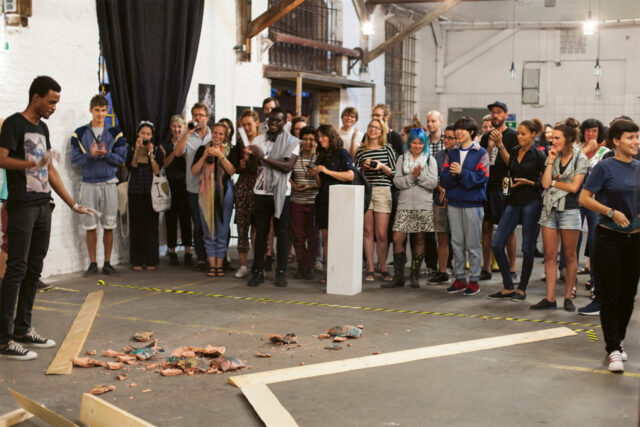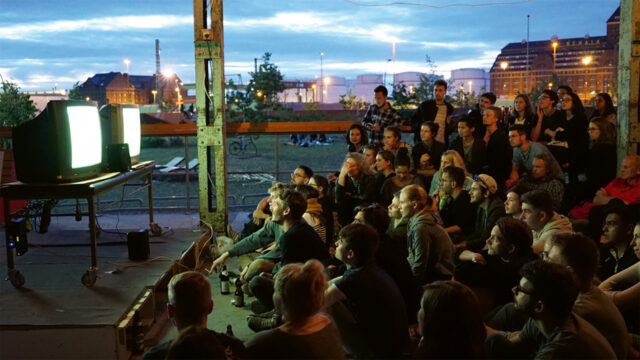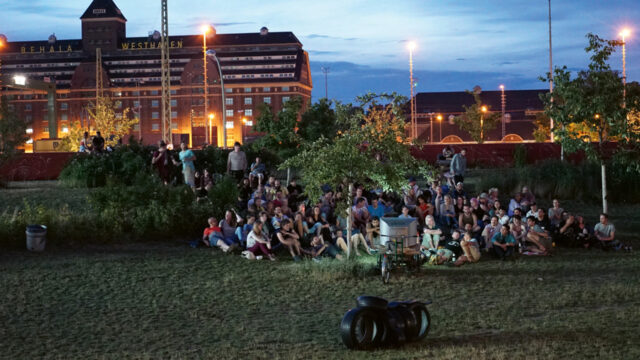
OpenHaus, 2015, Foto: Lisa Johanna Thiele

FUSSBALLABALLA, 2016, Foto: Tanja Knaus

FB24, Foto: Tanja Knaus

OpenHaus, 2015, Foto: Lisa Johanna Thiele

FUSSBALLABALLA, 2016, Foto: Tanja Knaus

FB24, Foto: Tanja Knaus